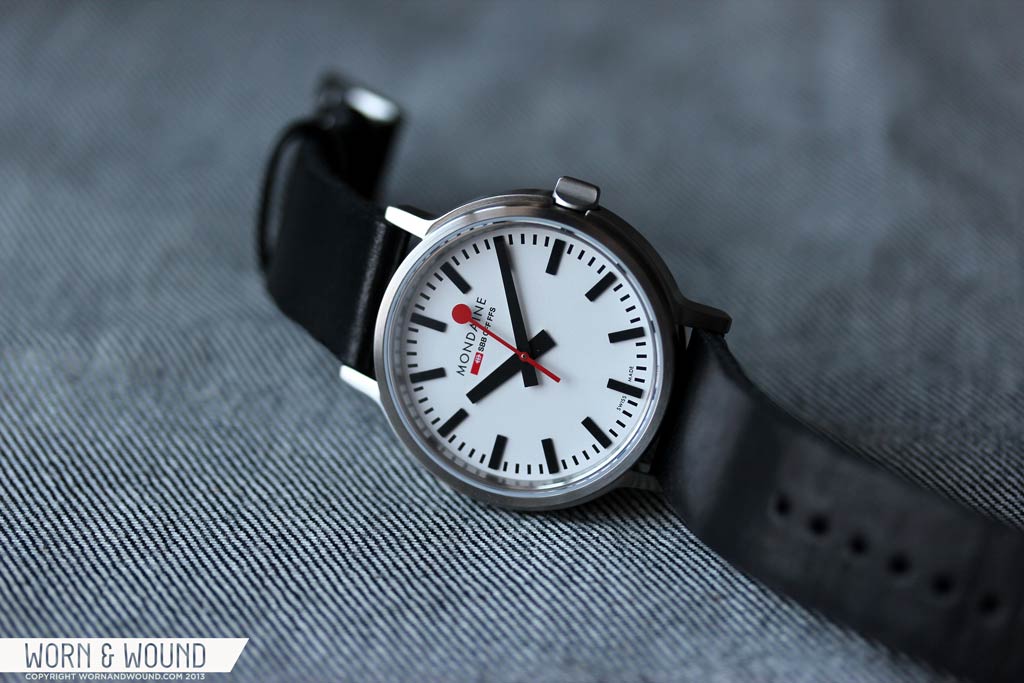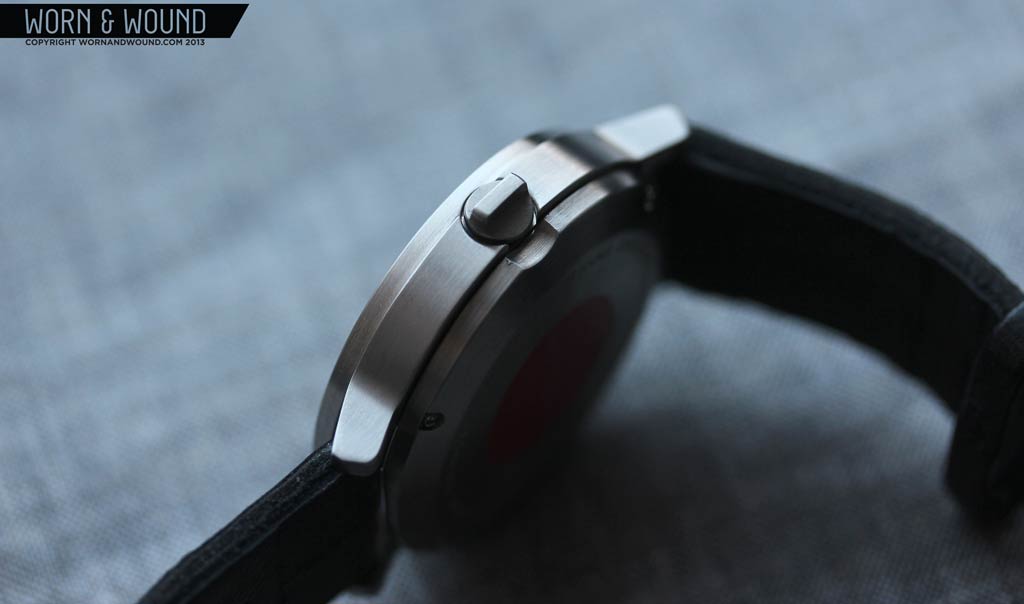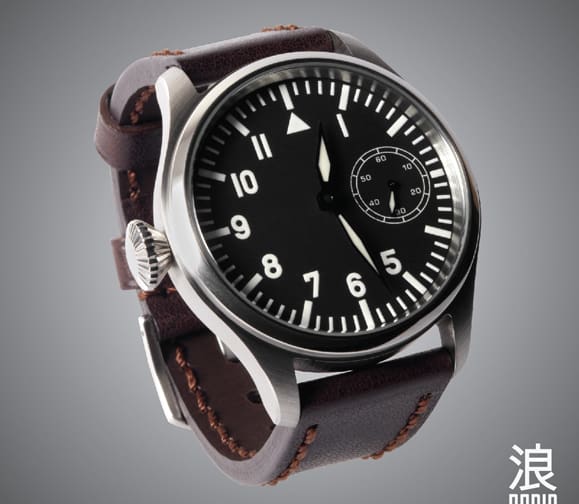If you’ve ever traveled around by train in Switzerland, you’ve relied on the Swiss Railway clocks at every station, with their distinct red seconds hand and easy to read layout. Originally designed in 1944 by Hans Hilfiker, the bold, geometric design that speaks to the Bauhaus philosophy has become iconic and a symbol of accuracy. In the over 60 years since, the design has remained, as its vocabulary of modern forms is as relevant today as it originally was.
Of course, you don’t actually have to travel to Switzerland to see these timepieces in action, but rather take a trip to your local museum shop. Starting in 1986, Mondaine began producing the Official Swiss Railway (SBB) watches, which replicated the original Hilfiker design. Certainly more familiar to those of us in the states, the Mondaine watches are simple, legible and classic. In the nearly 30 years since their creation, there have been many versions and variations on the design, from mechanical varieties to phantom palettes, but the original clock has always remained at the core of their aesthetic.
For 2013/14, Mondaine has created something very unique with their Stop2Go, tying the watch back to its source in the Swiss Railway. If you happen to find yourself on a Swiss Railway platform, watch the clock closely as the second hand reaches 60. You’ll notice it stops, waits 2 seconds at which point the minute hand jumps forward, and the second hand resumes.
What is happening is that the second hand is accelerated to complete a rotation in 58 seconds. It waits there until it receives an electric signal from a central hub, which tells the minute to jump and the seconds to reactivate. In doing this, they assure synchronization across all rail station clocks. Also, trains only leave at the top of the minute, synchronizing their motion with the trains. Anyone who rides the NYC subway is instantly envious of such a reliable system.
The Stop2Go watch features a movement that replicates this motion. It’s a quartz movement with two motors, one for the seconds hand and the other for the minute and hour. The time and motion of the hands is regulated by a “Special Integrated Circuit” in order to maintain accuracy. Unlike most quartz watches, the Stop2Go also has a sweep seconds, ticking at a rate of about 4 times per second. As the watch is not controlled by a central signal, the unique stopping motion is novel rather than the effect of synchronization, but as it’s a quartz it is accurate regardless. It’s powered by a lithium battery that should give it 3 years of life.
The experience of watching it is interesting and certainly unique. Your watch puts on a little show every minute. You can wait for it, or happen to catch it accidentally. One slightly poetic side effect is that it gives you a 2 seconds pause every minute. Time stops… waits… then starts again. Whether you use this time to ponder the accuracy of Swiss trains (weird) or anything else is up to you. It also adds a bit of suspense, as you watch and wait for the minute hand to jump. It reminded me watching the clock in high school, where ever second seemed to take 2.
Beyond the movement, the watch is a slightly more contemporary version of the classic, designed by the German designer, Martin Dreschel. As expected, the dial features the standard Hilfiker forms, executed with applied black markers for a touch of depth. It’s remarkable just how fresh the design feels. Like the Max Bill watches, if someone told you this was a new design (assuming you had never seen them) you wouldn’t question it. The 41mm case has a new design, composed of multiple parts. The central body is a cylinder with a deep cutaway around its center. The lugs are then formed by two brackets which come in from the side. This creates an intriguing stepped design that plays off of the modernity of the dial. The case is capped off by a sapphire crystal.
Most interesting is the unique crown design. Rather than a standard cylindrical shape, this is more of a paddle or a switch. But, this is not just for the sake of being different, rather it has a specific function when setting the time or calibrating the seconds hand. When you pull the crown out, you don’t turn it like you typically would, rather you tilt the switch in impulses, which jumps the minute hand back or forwards. If the seconds hand is not stopping at 12, which I suppose can happen if the battery runs out, etc. You push the switch in for 3 seconds, at which point the second hand travels to where it thinks 12 is. You can then adjust it by tilting the switch, small impulses move the hand less than a second, while longer holds will have it glide around. It’s actually a very cool and effective mechanism when you are using it.
The Stop2Go is certainly a very interesting new watch from Mondaine that goes beyond their typical offerings. The unique movement adds a performative aspect that creates an uncommon experience. Typically complications or different functions are for practical reasons, but here it’s almost for nostalgic purposes. In action, it’s fun and does, literally, give you a pause. For those of us who are drawn to unique mechanisms and creative interpretations of watch design, it’s definitely an enjoyable action to behold. Regardless of how you look at, it adds intrigue to an already very attractive, timeless design. Coming in at $675, it’s a touch steep for a quartz, but clearly it’s a unique and possibly collectible offering. Check them out here: Mondaine Stop2Go









 Featured Videos
Featured Videos











